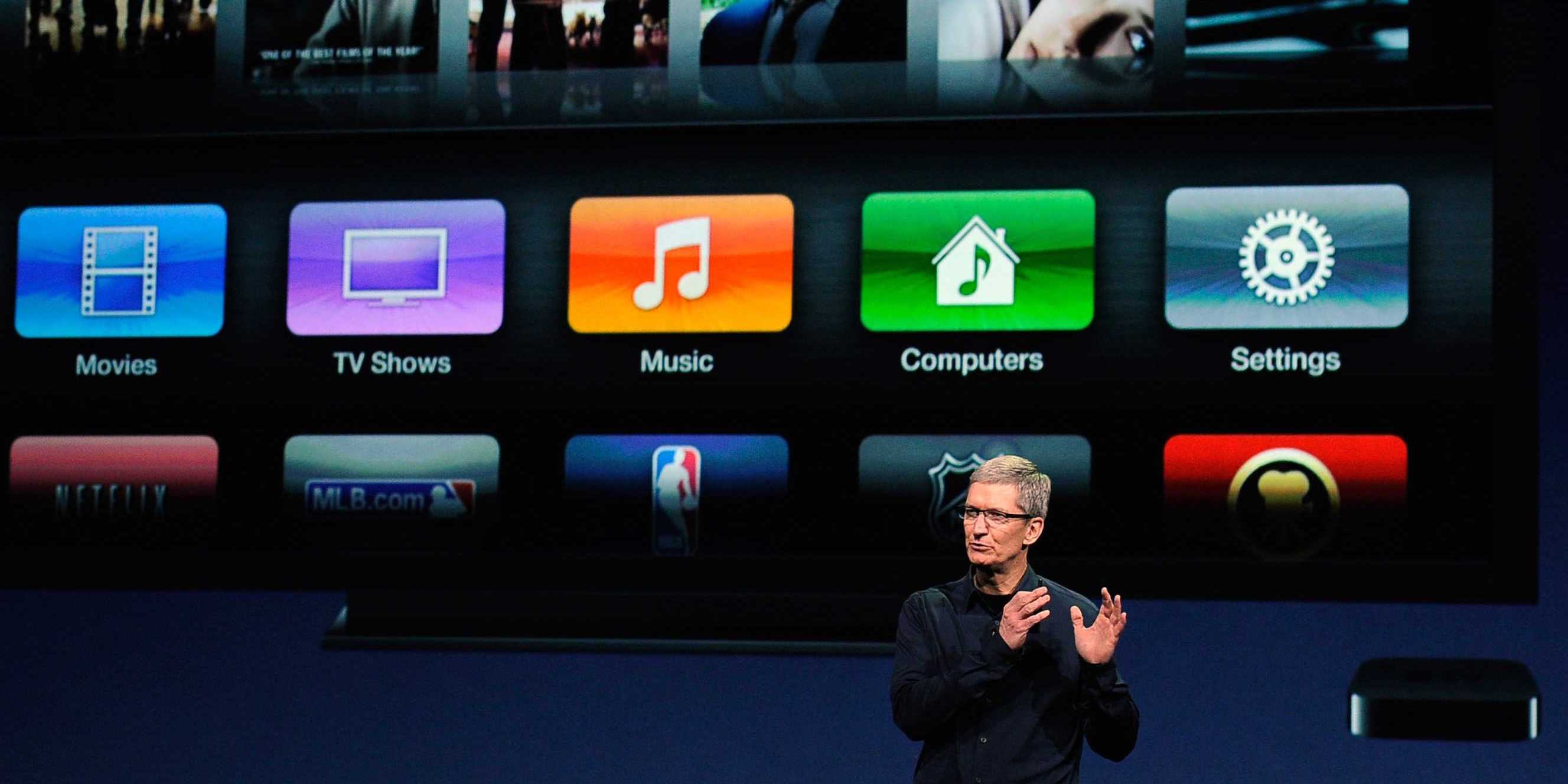What will September’s new iOS 9-based Apple TV bring to the living room?

Apple plans to hold one of its annual fall media events on Wednesday, September 9th to introduce the new iPhone 6S and iPhone 6S Plus with Force Touch, and after many fits and starts, it appears that the long-awaited next-generation Apple TV will also be unveiled. We’ve been reporting on this upcoming model since 2014, as Apple has been planning to update its set-top-box with support for an App Store for quite some time.
Earlier this year, Apple had locked in a June WWDC debut for both the new Apple TV hardware and software upgrades, but the company ultimately decided to delay the introduction until the fall. While some had speculated that the announcement was pushed back due to a lack of content deals, we are told that the delay was internally attributed to a concern over compromising iOS 9 engineering resources, as the latest OS release is focused at least as much on polish as on new features.
Why would the new Apple TV potentially take away resources from iOS 9? According to sources, this new Apple TV model, codenamed J34, will be the first model to run a full-blown iOS core. Specifically, the new Apple TV operating system will be a TV-optimized version of iOS 9. In addition to the new hardware inside, running iOS 9 will give the new Apple TV a series of benefits over the current model. Below, we explore what users can expect from Apple’s next-generation living room product.


